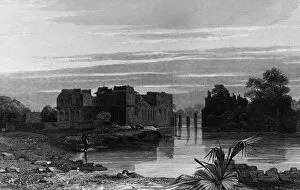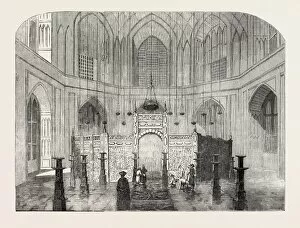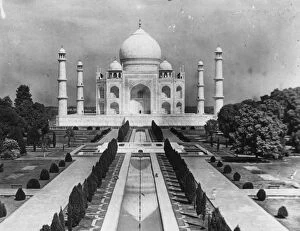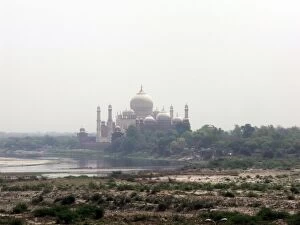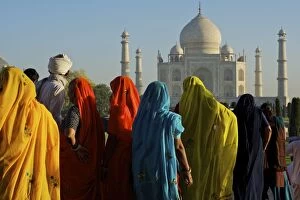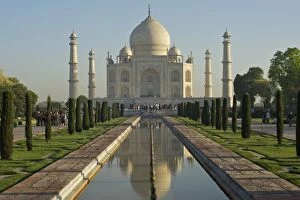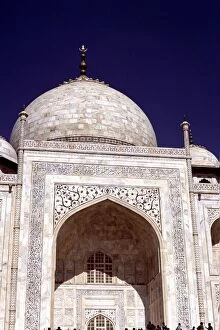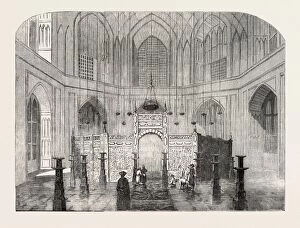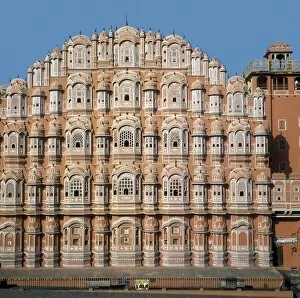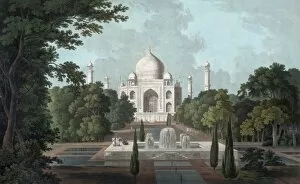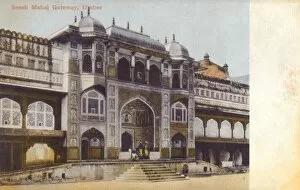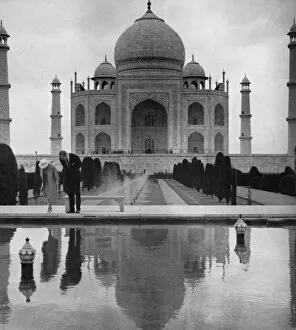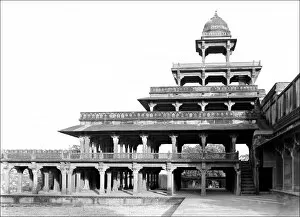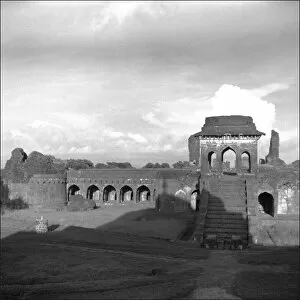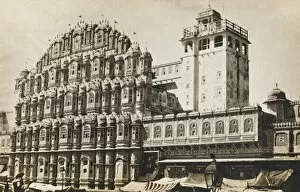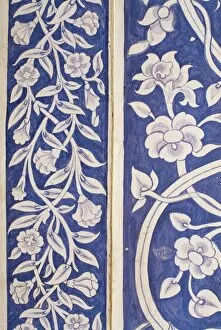Mahal Collection (#4)
"Mahal: A Timeless Icon of India's Rich Heritage" Step into the enchanting world of Mahal, where history and beauty intertwine seamlessly
For sale as Licensed Images
Choose your image, Select your licence and Download the media
"Mahal: A Timeless Icon of India's Rich Heritage" Step into the enchanting world of Mahal, where history and beauty intertwine seamlessly. This captivating image on the Tatler travel number front cover from 1953 transports us to the majestic land of India, home to one of its most iconic landmarks - the Taj Mahal. As we delve deeper into this mesmerizing journey, our senses are awakened by the grandeur and elegance that surrounds us. The Taj Mahal Hotel Bombay stands tall as a testament to architectural brilliance and timeless luxury. Nestled in the heart of Mumbai, it has been an epitome of hospitality since its inception. The allure continues as we venture further north to Agra, where the magnificent Taj Mahal awaits with open arms. Its ethereal beauty is immortalized in photographs like this one from circa 1890s, showcasing its pristine white marble against a backdrop of azure skies. A poster advertising this wonder beckons us closer, inviting us to witness firsthand its splendorous charm. As we stand before it in awe-struck admiration, we realize that words can hardly do justice to its breathtaking presence. The Taj Mahal's significance goes beyond being just an architectural marvel; it symbolizes eternal love and devotion, and is here that Emperor Shah Jahan built this mausoleum for his beloved wife Mumtaz Mahal—a true testament to their everlasting bond. At sunset, when golden hues paint the sky above Taj Mahal's silhouette, time seems suspended in sheer magic. The serenity enveloping these grounds creates an atmosphere perfect for introspection or simply basking in tranquility. And amidst all this magnificence lies something truly special—the Bengali Stare—an expression captured by those who have witnessed such unparalleled beauty firsthand. It reflects a mix of astonishment and reverence that only a place like they are evoke within us.

